The Case of Cactus Jane by Molly Jo Rosen & Bruno De Julio
Horseplayers should expect a minimum standard of information from clockers: date, time, where, when, how far, and how fast or slow a work was. Any further descriptions found on the myriad of clocker reports available for purchase are a bonus.
While racing’s 16 jurisdictions have yet to have uniform codes on everything from medication to clocking, California’s rules in the latter arena are extensive:
In order that proper identification be made by the Clockers of the horses working on the Main Track, a Clocker stationed at the Backside Clocker’s Stand with a head-set telephone, will be in communications with the Clockers in the Clocker Stand. Trainers and exercise riders when they come on the Main Track are requested to notify the Clocker at the Backside Clocker’s Stand as to the name of the horse and the distance and pole from which the horse is going to break and work. The management requests all trainers when they send an exercise rider on the Main Track to work a horse or school a horse from the gate that they inform the exercise rider of the horse’s name. This is being done to protect the trainer from having an incorrect work given to the public.
These are not the track’s rules, these are set forth by the state and its representatives. Therefore, they are mandated and must be followed. Period, end of story. It takes just a minute to adhere to these laws but – for some – that is either too much work or could interfere with some unknown – and possibly – malicious motives.
Take the first race at Del Mar on Sunday, August 8: 2yo maidens running for a claiming price of $40k. The horse on the rail was Cactus Jane, a first time starter for Adam Kitchingman, who was entered off the following worktab:
Track Date Distance Course TrkCnd Time Effort Gate Rank/Num in Rank<
HOL 07/11/10 5F All Weather Track Fast 01:02.80 Handily 34/43
HOL 07/04/10 5F All Weather Track Fast 01:01.60 Handily 30/54
HOL 06/25/10 4F All Weather Track Fast :51.60 Handily 44/48
HOL 06/20/10 3F All Weather Track Fast :37.40 Handily 16/26
FPX 03/19/10 1F Dirt Fast :10.20 Handily 25/85
That’s it. Six works in five months and nothing between July 11 and August 8. More confusing, she’s not listed on the worktabs for any of the four works at Hollywood Park, though her exact times belonged to two separate horses (November Ballet in the June works, Mi Alma in the July works), as she was the workmate for those horses and only later was identified by the head clocker at Hollywood Park and added to the Equibase workdatabase.
That should raise alarm bells, no?
To be fair, Kitchingman seems to have followed at least one set of rules, those pertaining to what the worktab for first-time starters must show in the mornings: three works; one at least 5/8 mile; (Two Year Olds, 1/8 mile); the other two at least 3/8 mile and gate approval.
Gate approval is given by the starter or his assistants and can be received without showing an actual work from the gate. That practice is common. Another such scheme is to wait to name a horse until the last possible minute so as to keep a good worker from gaining too much “steam” among racetrackers. In this case, the Jockey Club has Cactus Jane officially named on August 3, just 5 days before her debut but with plenty of time to correct any issues with the starter and racing officials.
But upon further inspection of this particular case, this should have been a four alarm fire.
We have uncovered two more works, one from July 25th (“worked with Swiss A from the gate in good manner in 23.4, 35.1, and 47.4”) and a second on July 31st (“worked with EZ Led and went 1:16 flat”). Neither work was recorded nor published officially because the horse was being identified to the clockers as “Cactus Ridge.” Though that is the name of Cactus Jane’s sire, the universally accepted industry-wide common practice of publicly identifying unnamed horses identified is: Year Born / Dam’s Name (in this case: ’08 Penguin Parade).
Now we’re working on a five alarm fire, if you ask me.
Taking a look at the additional works, the horse had indeed shown some run in the morning. But this information was kept from horseplayers, who wagered over $249k on the field, not to mention the $368k wagered on exotics.
To further complicate the situation, the filly not only won the race paying $14.80 to win, but she was claimed from the event by Mike Puype.
How can this be? No works in a month, gets the win, and gets claimed?
As per the CHRB rules, a trainer must identify the horse by its proper name to the clockers and gate crew. Per an assistant starter “He [Adam Kitchingman] gave us a totally different name on two different occasions at Hollywood Park. He told me the papers were wrong and he didn’t know. In fact, he did not tell me who [Cactus Jane] was until after she was entered to race on Sunday [August 8].”
The rules are clear: all runners must have the approval of the starter before they race, thus necessitating the need for proper identification. Had the situation been detected sooner, such a lack of approval would have resulted in the scratch of Cactus Jane. A similar situation happened on August 5 with a horse name Mi Alma due to lack of approval from the starter. In that instance, the assistant starter we spoke with contacted the barn about Mi Alma’s misidentification and she was scratched – per the letter of the law.
Looking at Cactus Jane’s history, she was a Fasig Tipton yearling purchase last year for $45k before being offered at the 2010 Barretts March 2yo In Training Sale, where she was a buy back for $75k. She was consigned by BC 3 Thoroughbreds, an outfit for whom Kitchingman has been the trainer of record for in the past. It’s logical to assume that Kitchingman has had the filly since at least June 20 (the date of her first real work) when she was reported as the ’08 Penguin Parade without a trainer of record. She was also listed correctly – but again without a trainer of record – on June 25.
So we’re left to wonder … what changed?
Name a horse late? Work her under a different name? Avoid public gate approval? Hide the worktab? Get her claimed? I totally understand any one of those but all five in one horse … that’s a bit too big of a bitter pill to ask the public to swallow. I can’t pretend to know why Kitchingman did what he appears to have done with Cactus Jane, but it leaves one to wonder if there was a monetary gain to be had that we’ll never know about.
Because racing is a business based on edges and information, it’s easy to get caught up in trying to hide something from someone else. But when that extends to hiding everything and borders on full blown deceit of the betting public, the stewards must get involved.
We cannot sit idly by when rules are being flagrantly violated. There is enough information available nowadays to tell when something doesn’t add up. I would hope a full investigation is launched into the case of Cactus Jane because what’s at stake isn’t just a $14,400 purse: it’s the confidence of the horseplayer to keep investing in a sport that’s struggling enough to make you worry
Thursday, August 12, 2010
Subscribe to:
Post Comments (Atom)


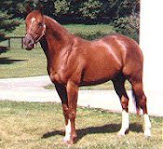



.jpg)



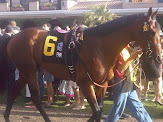_(2).jpg)
.jpg)
.jpg)
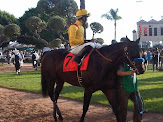.jpg)
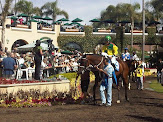.jpg)
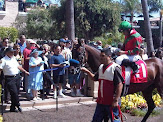.jpg)



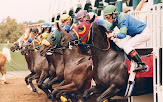




















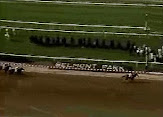


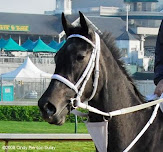




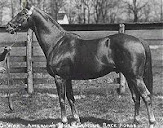













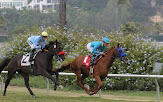

























.jpg)










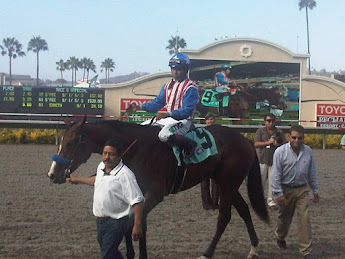.jpg)
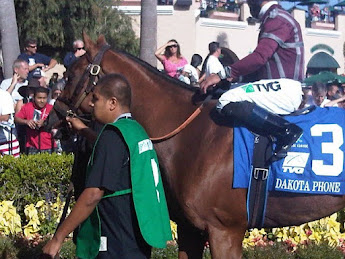.jpg)
_(2).jpg)
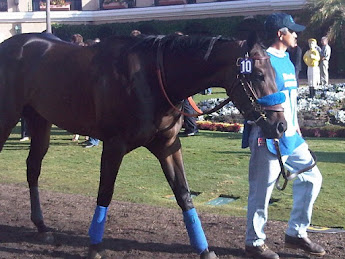.jpg)
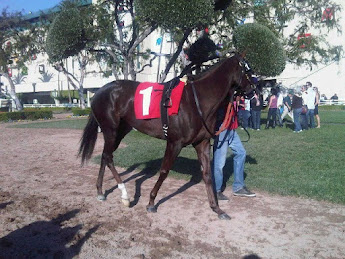(2).jpg)
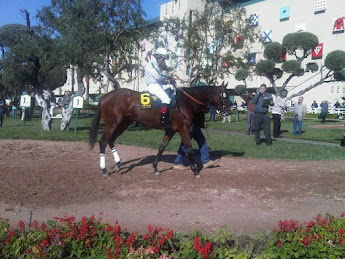.jpg)

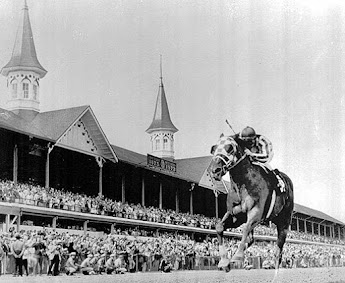
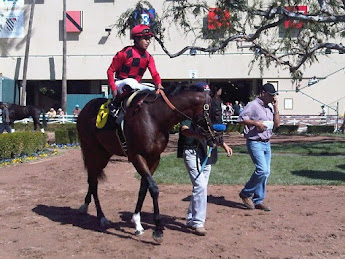.jpg)
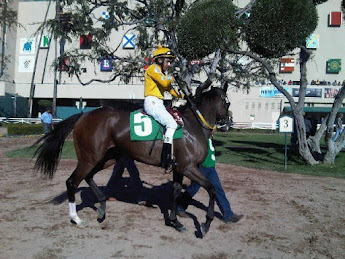.jpg)
.jpg)
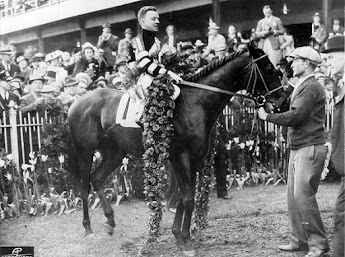


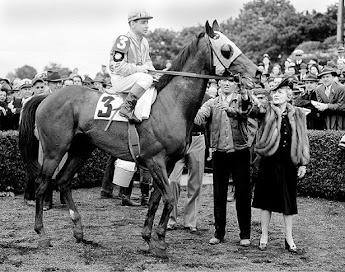


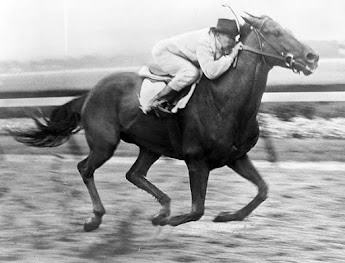
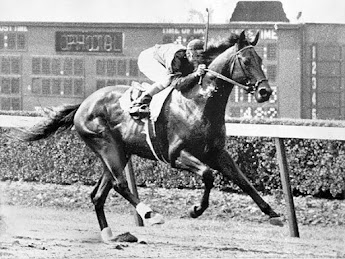

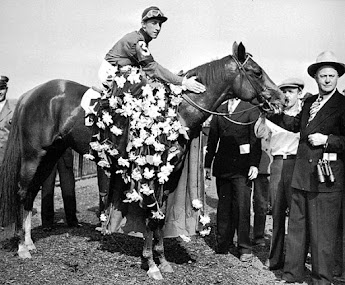


.jpg)
.jpg)

![Validate my Atom 1.0 feed [Valid Atom 1.0]](valid-atom.png)




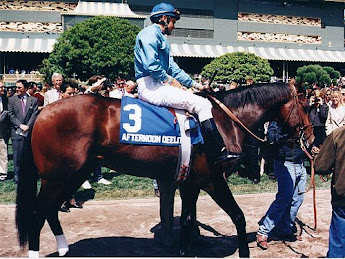









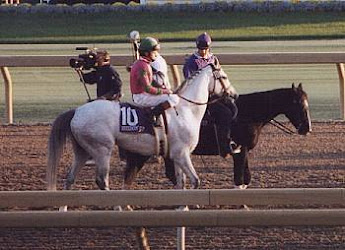
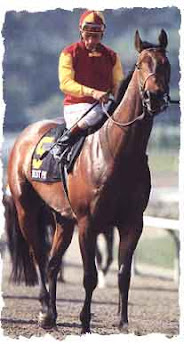

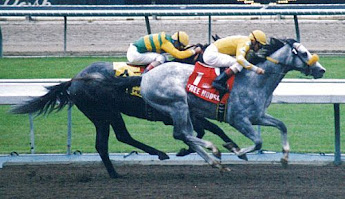



No comments:
Post a Comment
Note: Only a member of this blog may post a comment.